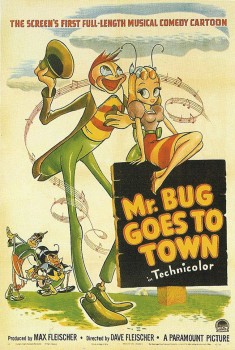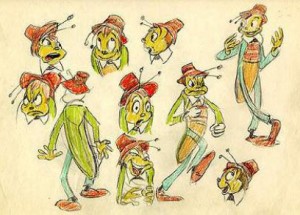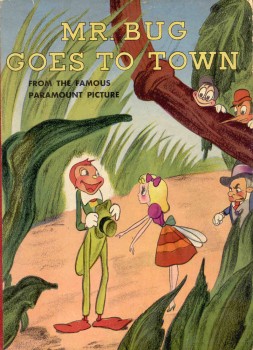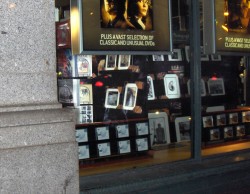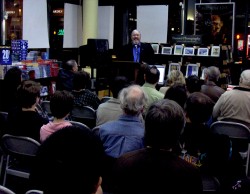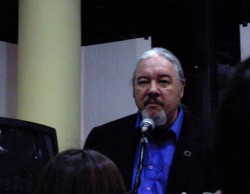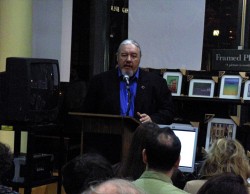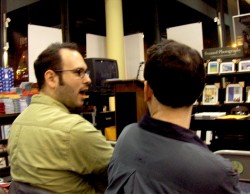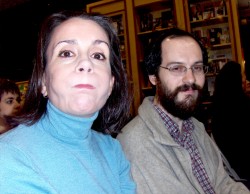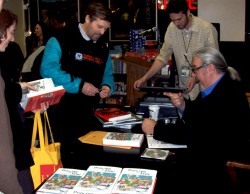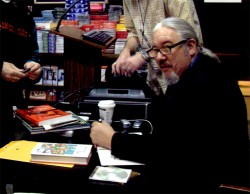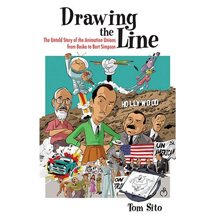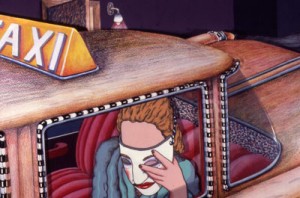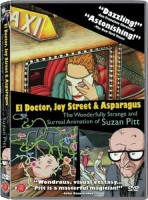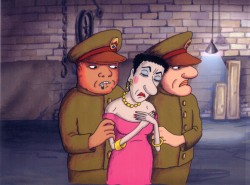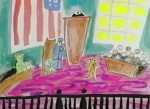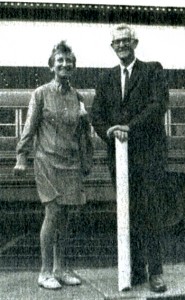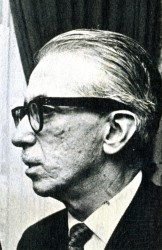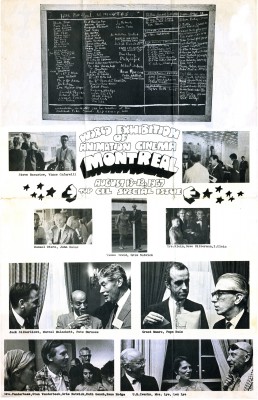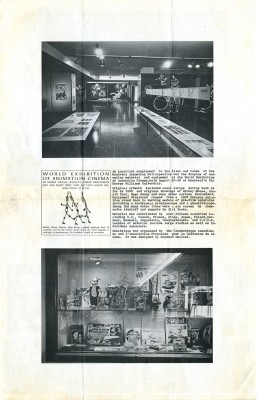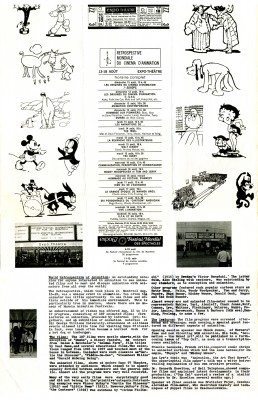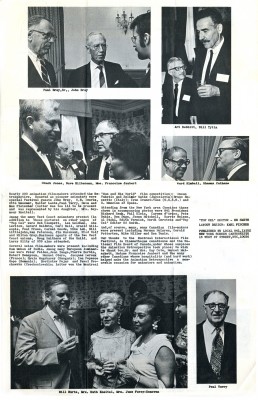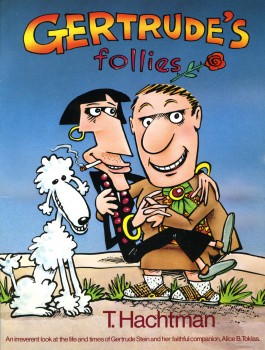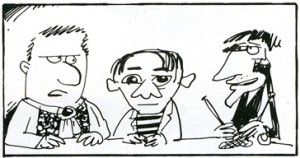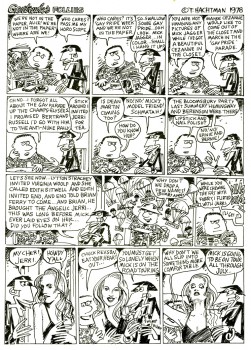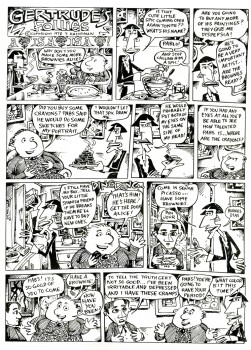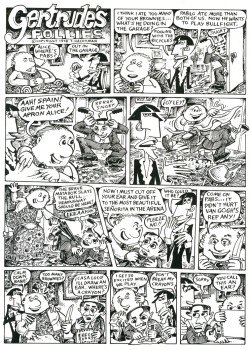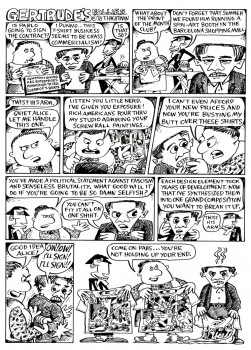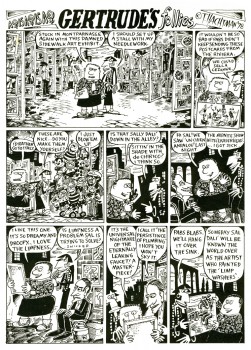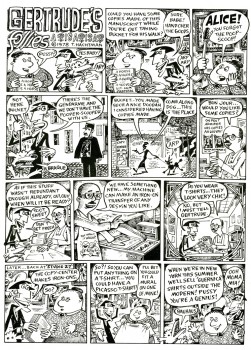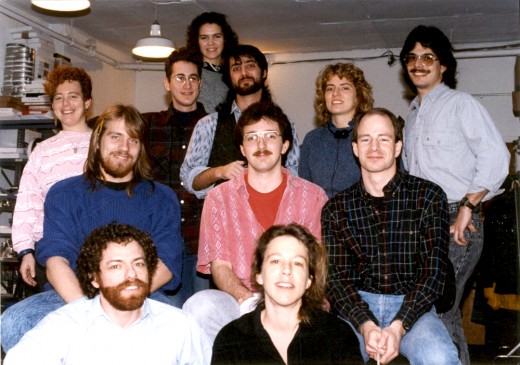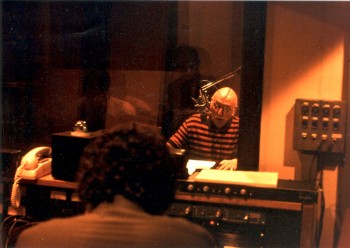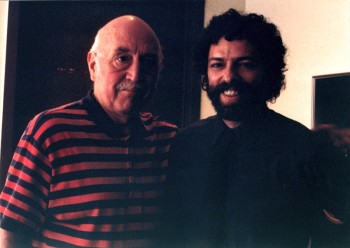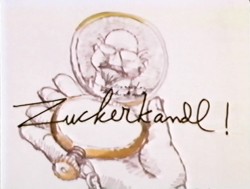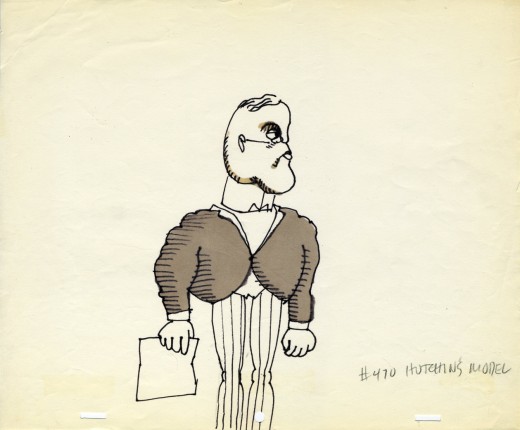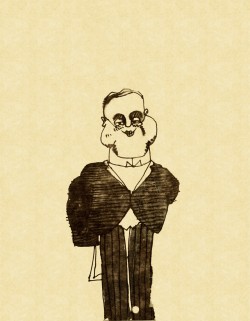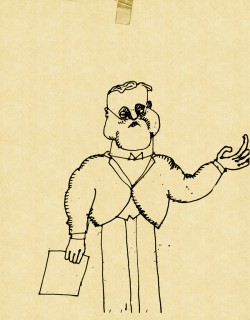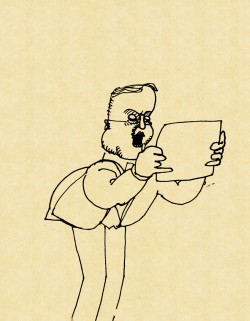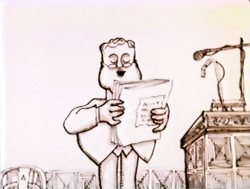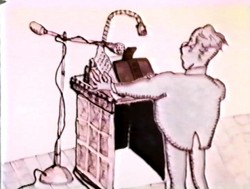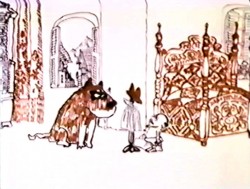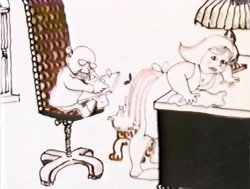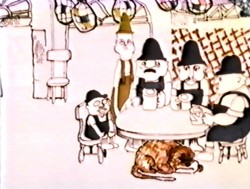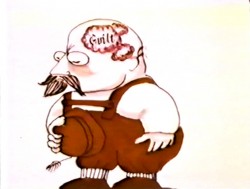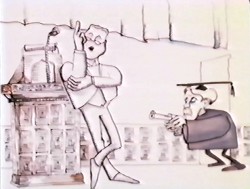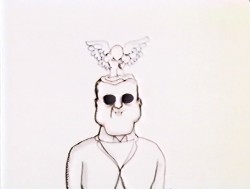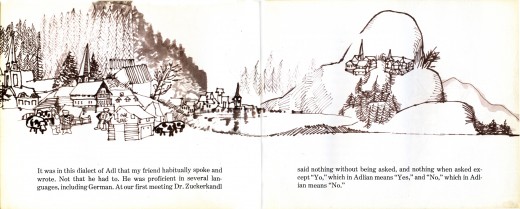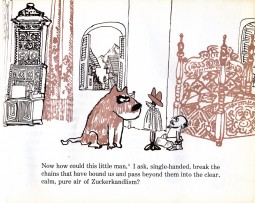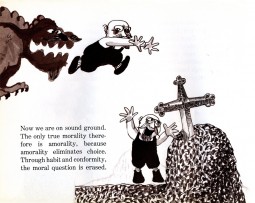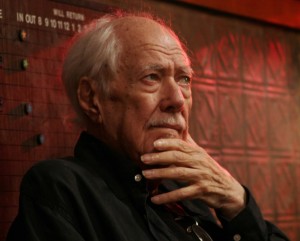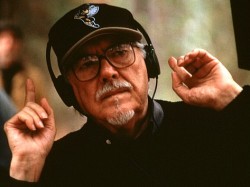SpornFilms 02 Dec 2006 10:19 am
Ladies and Gentlemen: Read With Me
- We had a job last year that was a curious production.
 Scholastic teamed with Fisher-Price to produce a series of specialized dvd’s. Read With Me featured an adapter that read the dvds and turned them into inter-active games for young children. The idea was to adapt very famous kid’s books in animation. Then the same books would have interactive read-along type; lots of clickable games and alternatives, teacher advice for parents and lots of goodies.
Scholastic teamed with Fisher-Price to produce a series of specialized dvd’s. Read With Me featured an adapter that read the dvds and turned them into inter-active games for young children. The idea was to adapt very famous kid’s books in animation. Then the same books would have interactive read-along type; lots of clickable games and alternatives, teacher advice for parents and lots of goodies.
(Click any image to enlarge.)
Each dvd had about 40 minutes of animation in toto. The stories were roughly 5 minutes, and the rest was game/alternates. We basically had to learn a new organizational language in dealing with the Scholastic methodology. It all flowed rather smoothly given how much animation was being done for so little money and with so small a crew – seven people did everything.
We did five of these book/disc adaptions.
The Little Engine That Could, Corduroy, Dr. Seuss’ Green Eggs & Ham, Alexander and the Terrible Horrible No Good Very Bad Day, and Chicka Chicka Boom Boom.
Some of the titles were fun and turned out beautifully, others were an enormous chore and turned out good.
The read-along story part of it looked much like a read-a-long book, but animated. We stayed exactly faithful to the books we were adapting, and had to find a way to capture the illustrations exactly. The type animated in sync with the narrator’s reading. I have to say I wasn’t always pleased with the readings, but that wasn’t in my ability to alter. Since the client had a lot – I mean a lot – of comments and changes, I was glad not to have the soundtracks to rework. We plugged in a lot of sound effects, but if they wanted anything more, they found their own way to add to it.
The films were animated quickly in varying ways. Alexander, for example, had four animators working on the story reading; another three people including a full-time editor did animation and stills for the game parts. The games were dependent on the read-along section, so they were always waiting for us to finish scenes to pass on to them.
The Little Engine had five animators doing the story, whereas Corduroy (my favorite) had three and Chicka Boom had two.
It was all a tense, coordinating challenge. Adrian Urquidez did a brilliant job of keeping it all together and on schedule. However, when the job came to an end, we were ready to take a break. It was a year’s hard work.
Some of the credits included:
Production Coordinator: Adrian Urquidez
Animators: Michael Sporn, Matt Clinton, Diego Turcios, Lisa Crafts, Nouri Zander, Ray Feldman and John Dilworth
Editor: Paul Carrillo.


